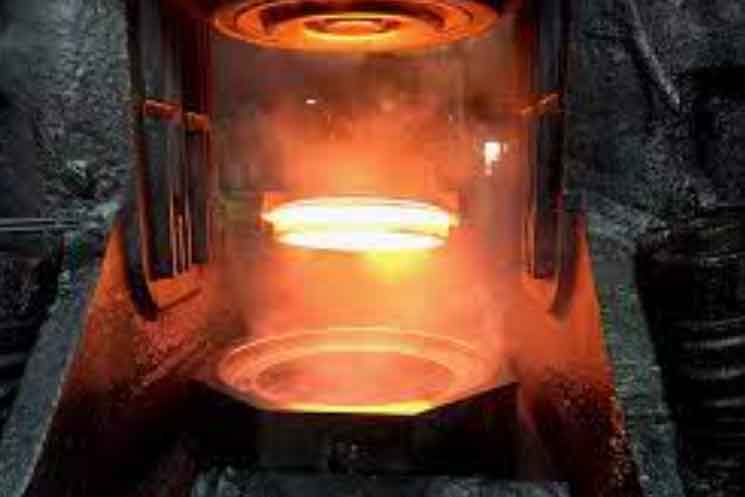
Forging quality gears requires a combination of art, precision, and expertise. The art of gear forgings lies in the skillful application of forging techniques, material knowledge, and meticulous attention to detail. Here are some key aspects that contribute to forging quality gears:
- Material Selection and Understanding: Choosing the right material is essential for producing high-quality gears. Gear manufacturers need a deep understanding of different materials and their properties to select the most suitable one for the specific application. Factors such as strength, wear resistance, toughness, and heat resistance must be considered. Material selection also involves considering cost-effectiveness and availability. With the right material, the foundation for forging a quality gear is established.
- Process Optimization: The forging process itself plays a crucial role in achieving quality gears. Experienced forgers optimize the process parameters such as temperature, pressure, and forging speed to ensure proper material flow and grain structure development. The process may involve multiple steps, intermediate heat treatments, and controlled cooling to refine the microstructure and enhance the mechanical properties of the gear. The goal is to achieve a fine and uniform grain structure that provides excellent strength and durability.
- Precision Forging: Gear forgings require precise control over the forging process to achieve accurate dimensions, proper tooth profile, and tight tolerances. Skilled forgers employ their expertise to shape the billet accurately, ensuring the desired gear geometry. Close attention is paid to maintaining the correct gear pitch, tooth depth, pressure angle, and helix angle. Achieving the correct tooth profile is vital for proper meshing and smooth operation of the gears.
- Heat Treatment Expertise: Heat treatment is a critical step in gear forging to optimize the material properties. Forging experts have a deep understanding of various heat treatment techniques and their effects on the material. They carefully design heat treatment cycles, including heating and cooling rates, to achieve the desired hardness, strength, and toughness. Expertise in controlling the heat treatment process ensures consistency and repeatability in the material properties of the forged gears.
- Quality Control and Inspection: Ensuring the quality of forged gears involves rigorous quality control measures. Throughout the forging process, inspections and tests are performed to verify dimensional accuracy, material properties, and structural integrity. Non-destructive testing methods such as ultrasonic testing or magnetic particle inspection can detect any potential defects or anomalies. Gear manufacturers also utilize coordinate measuring machines (CMMs) and other precision measurement tools to verify gear dimensions and tooth profiles.
- Continuous Improvement and Experience: The art of gear forgings is refined through continuous improvement and experience. Gear manufacturers continually learn from each forging process, gathering data and insights to optimize their techniques and enhance product quality. They invest in research and development, stay up-to-date with industry advancements, and incorporate new technologies and innovations to improve the gear forging process.
- Collaboration and Communication: Producing high-quality gears requires effective collaboration and communication between gear manufacturers and their customers. Understanding the specific requirements, application conditions, and performance expectations is crucial for delivering gears that meet or exceed expectations. Regular communication and feedback loops help in fine-tuning the gear forging process and achieving the desired outcomes.
The art of gear forgings encompasses a combination of technical knowledge, craftsmanship, and continuous improvement. Skilled forgers, supported by advanced equipment and quality control measures, strive to achieve the highest standards of precision, reliability, and performance in every gear they forge.
